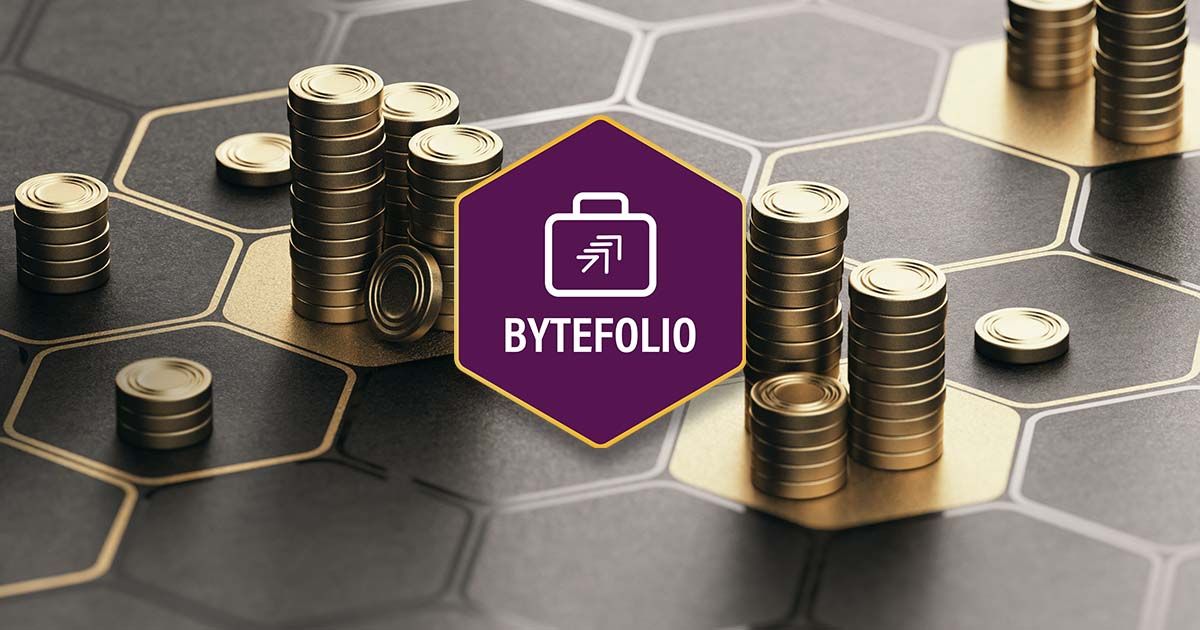Bitcoin's Importance in a World of Artificial Intelligence

Disclaimer: Your capital is at risk. This is not investment advice.
ByteFolio Update 58 | ByteTree's Crypto Leaders
ByteFolio is unchanged in BTC, itself trading in a narrow range, as it has been since mid-March. For the short term, the market appears to be waiting for a clearer steer on economic growth and central bank policy. As discussed in last week’s ATOMIC, we find ourselves in an unfamiliar environment of positive real interest rates (policy rates higher than inflation), although this will fail to resonate with anyone who has their savings on deposit in a bank, where interest rates remain derisory.
Perhaps belatedly, the debate around the uncertainties and dangers posed by the growth of Artificial Intelligence (AI) is slowly gaining traction. But even so, the conversation is mainly taking place on the fringes. Maybe people have got extinction-level-event-panic fatigue. Covid wasn’t quite the plague it was jumped up to be, while for most people, it’s hard to discern much of a biblical weather meltdown. Not much seems to have taken place on the weather front which is wildly dissimilar to the last several thousand years. Thus far, climatologists seem to be about as prescient as economists, which isn’t surprising given the extraordinary number of variables in both disciplines.
So when there’s a cry of: “Hey everyone, here comes another existential threat to life as we know it! AI is going to change everything and maybe threaten humanity!!”, the world seems to be letting out a collective yawn.
But perhaps it’s way more worrying than Covid or the climate “emergency”. For sure, it might be a wondrous invention if it can be kept in a protected environment, but if it can’t…?
We mention it this week, having listened to a podcast with Dr Jordan Peterson and a fellow called Brian Roemelle, entitled “ChatGPT and the Dawn of Computerised Hyper-Intelligence”. It’s one of those podcasts where one really needs to listen twice because it’s packed with insight and raises any number of interesting questions.
The relevance to a crypto letter is that in a world where information, and by extension moral and societal guidance, is centrally controlled, blockchain technology represents the means of maintaining privacy and preserving truth. Bitcoin, in particular, is cited as a way forward because it is genuinely decentralised. It cannot be controlled by a central entity, and thus it becomes of huge value, especially when considered not just as a form of money and store of wealth but as a messaging system.
If this is the case it becomes the most important asset anyone can own, not just a rounding error in the dark recesses of a diversified portfolio. It is a truly transformational insight.
The podcast is on Spotify and can also be found on YouTube.
